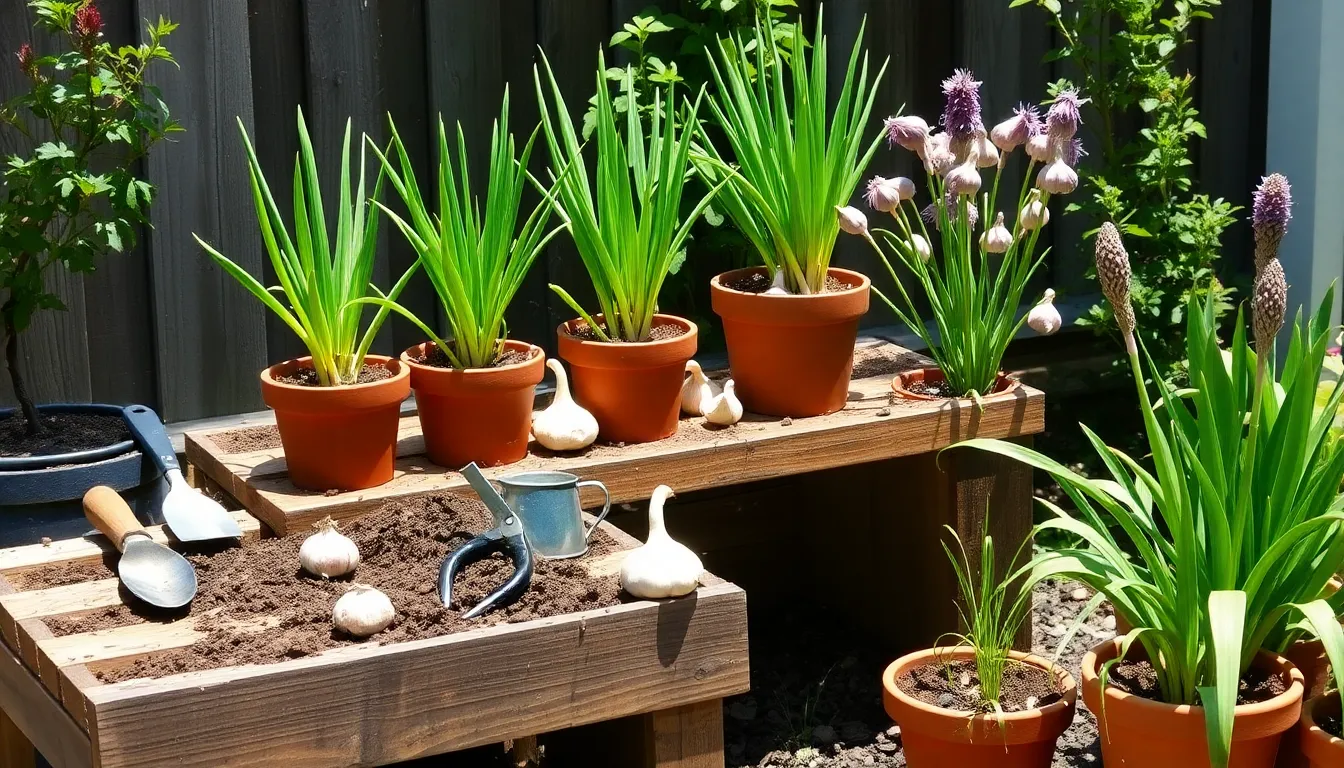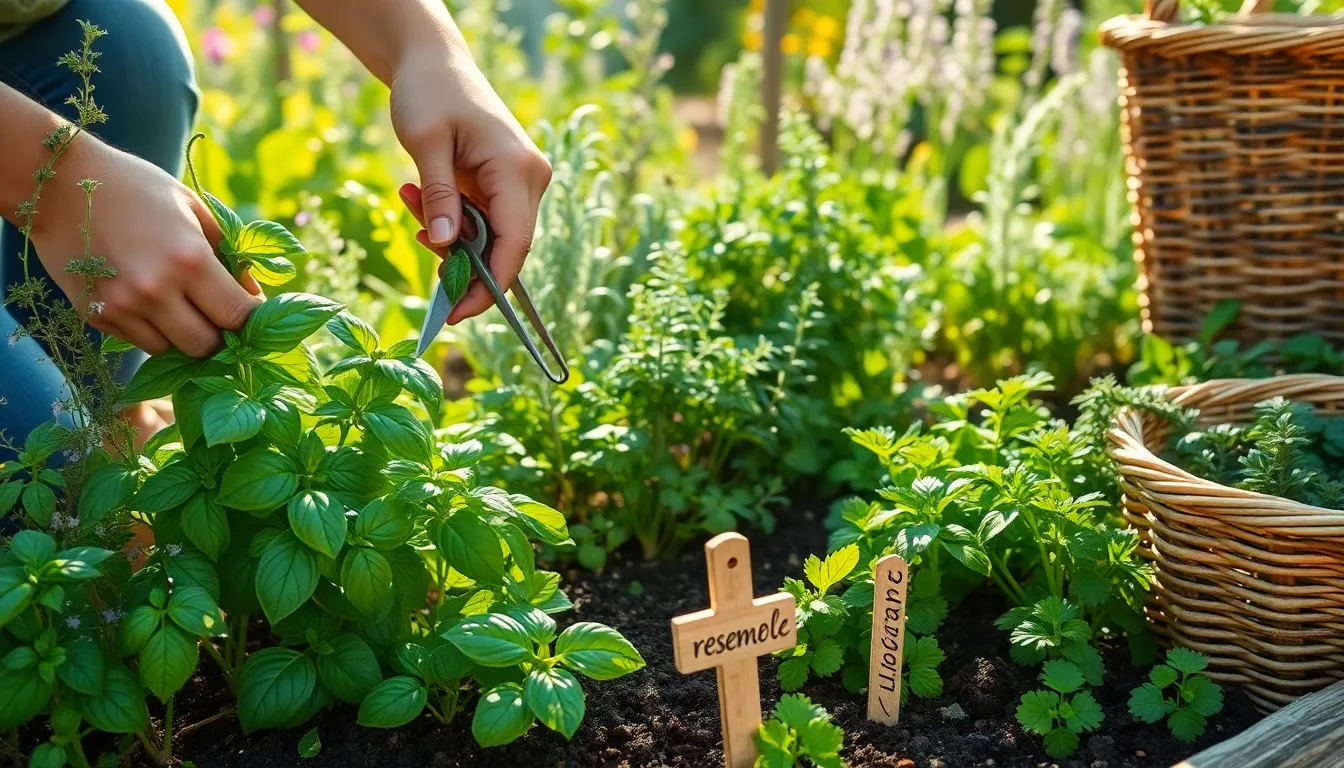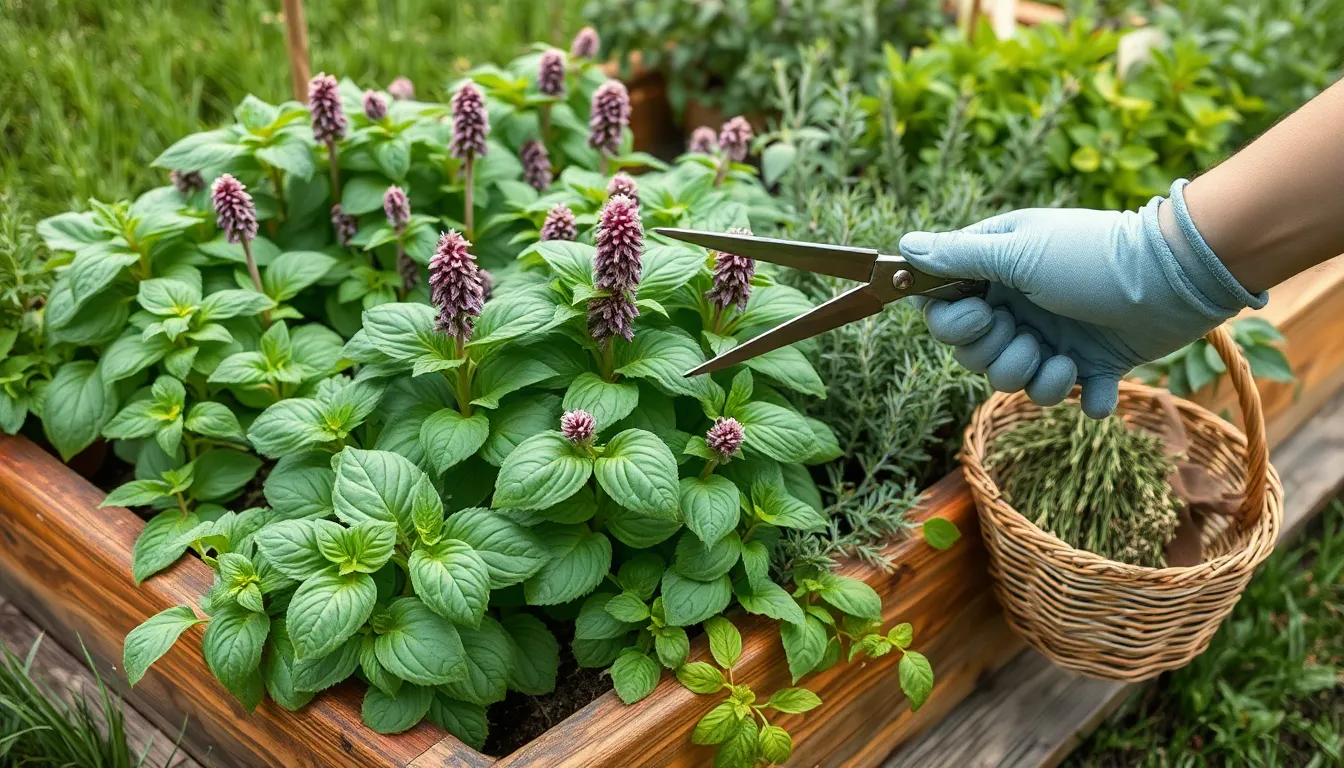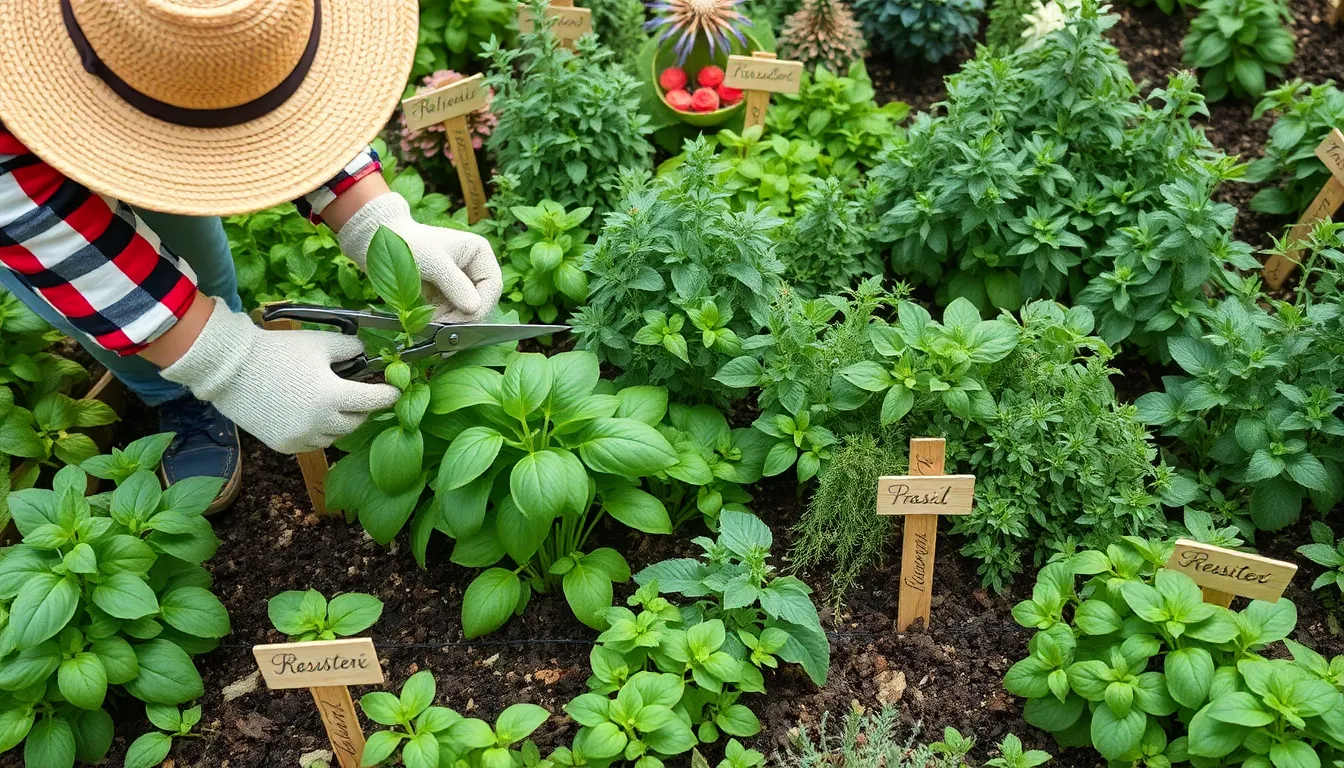Gardening is a delightful journey that connects us to the earth, and growing garlic in pots is a perfect project for both seasoned green thumbs and eager newcomers. This humble yet powerful bulb is not just a kitchen staple; it’s a rewarding plant that thrives just as happily in containers as it does in garden beds. Whether you have a sprawling backyard or a compact balcony, garlic is a versatile and forgiving crop that promises a bountiful harvest with a little bit of love and attention.
In this guide, we’ll explore the art of planting garlic in pots, uncovering tips and techniques to ensure your success. From selecting the right variety and potting mix to understanding watering needs and sunlight requirements, you’ll discover how to nurture your garlic plants to their fullest potential. By the end, you’ll not only have the knowledge to cultivate your own homegrown garlic but also the satisfaction of adding a fresh, homegrown touch to your culinary creations. Let’s dig in and uncover the secrets to this rewarding gardening endeavor!
Choosing the Right Pot Size

When planting garlic in pots, the size of the pot is crucial for the plant’s growth. A pot that is at least 12 inches deep and wide will provide ample space for the garlic bulbs to develop properly.
Choosing the right pot size helps prevent overcrowding, which can lead to smaller bulbs. Opt for a pot with a drainage hole to prevent waterlogging, ensuring the roots have a healthy environment.
For those starting with multiple garlic cloves, consider spacing them at least 4 inches apart within the pot. This spacing allows each plant to access nutrients and grow without competition.
Advanced gardeners might explore using larger containers or even fabric pots. These pots can aid in better aeration and root development, potentially leading to bigger and healthier garlic bulbs.
Ideal Soil Mix for Garlic
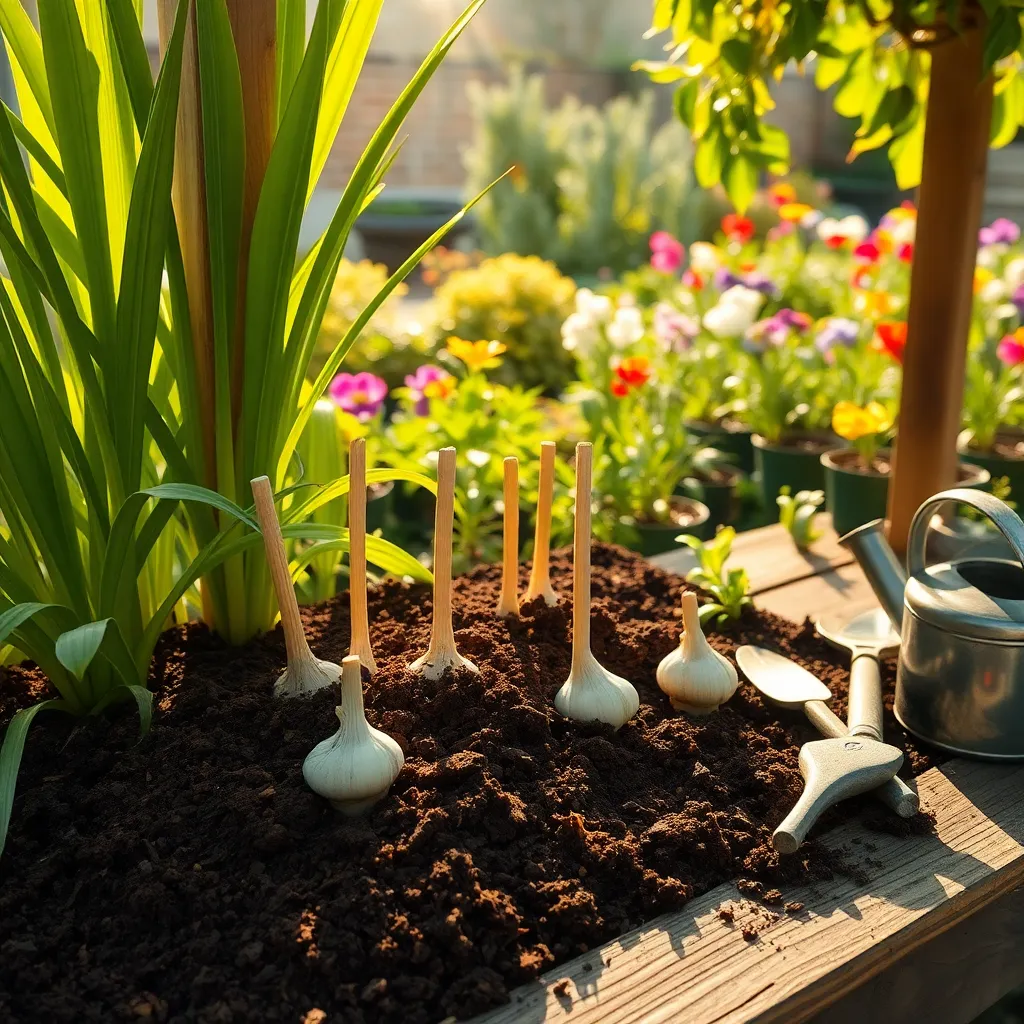
To ensure your garlic thrives in pots, it’s crucial to start with the right soil mix. Garlic prefers a well-draining loamy soil, rich in organic matter, to support its growth and bulb development.
Adding components like compost and perlite can significantly enhance drainage and aeration. These elements prevent water from stagnating, which is essential since garlic roots are prone to rot if left in overly wet conditions.
For optimal growth, consider mixing one part garden soil with one part compost and one part perlite or sand. This combination provides a balanced environment that encourages healthy root expansion and nutrient uptake.
It’s beneficial to incorporate a slow-release organic fertilizer into the soil mix at planting time. This ensures that your garlic receives a steady supply of nutrients throughout its growing season without the need for frequent fertilization.
Planting Garlic Cloves in Pots
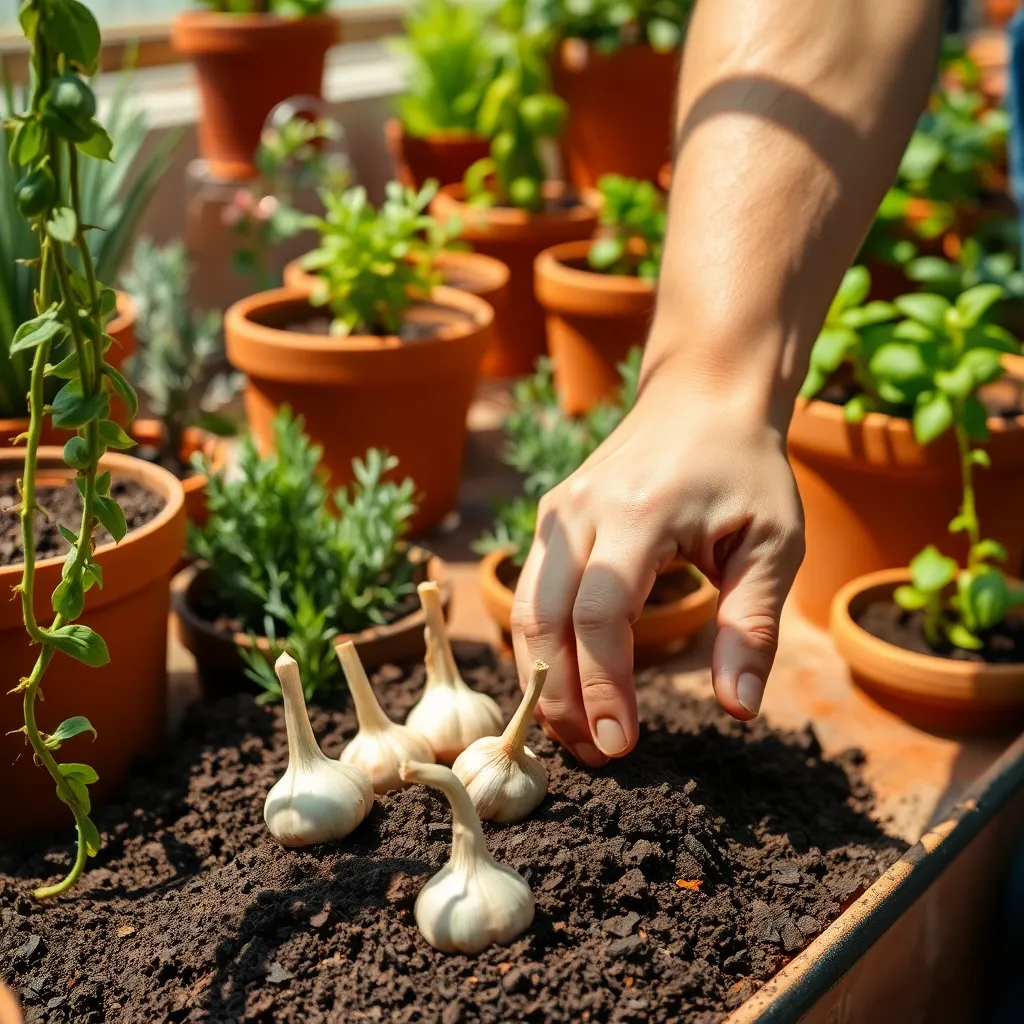
When planting garlic cloves in pots, start by selecting a container that is at least 12 inches deep and wide, which ensures enough space for root development. Opt for pots with good drainage to prevent waterlogging, which can lead to root rot and poor growth.
To get started, fill the pot with the ideal soil mix described previously, ensuring it is rich in organic matter. Garlic thrives in a loose, well-draining medium, so consider adding perlite or sand to improve aeration and drainage.
Plant the garlic cloves with the pointed end facing upwards, burying them about 2 inches deep and 4 inches apart. This spacing allows for adequate air circulation and minimizes the risk of disease, fostering healthier plants.
Water the newly planted cloves thoroughly, keeping the soil consistently moist but not soggy. Regular watering is crucial, especially in the early stages, but be mindful to let the top inch of soil dry out between waterings to prevent overwatering.
For those looking to enhance growth, fertilize the garlic every 3-4 weeks with a balanced liquid fertilizer. This additional nutrient boost can promote vigorous leaf and bulb development, particularly in containers where nutrient depletion happens faster.
Consistent care and attention to watering and fertilization will reward you with robust garlic plants. Whether you’re a beginner or an experienced gardener, growing garlic in pots can be a satisfying endeavor with these practical steps.
Caring for Potted Garlic Plants
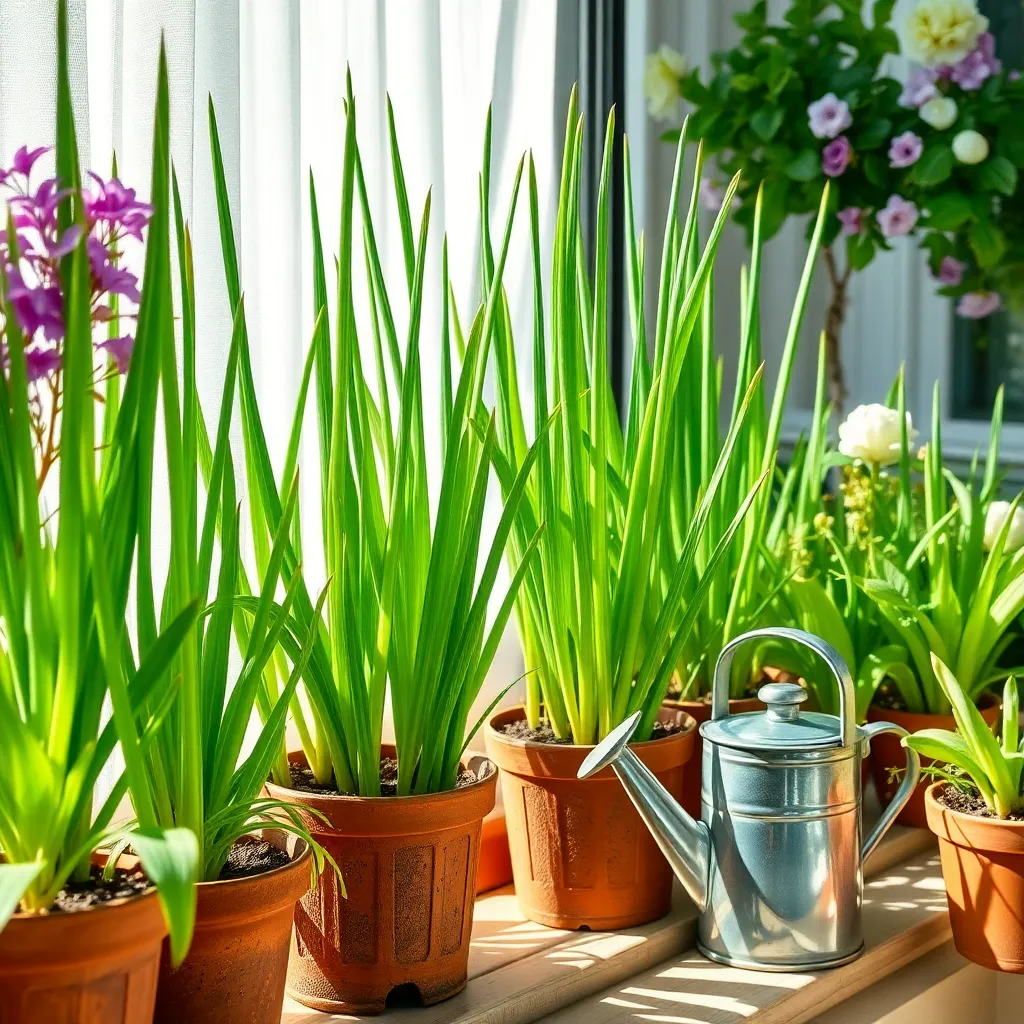
Ensuring your potted garlic plants thrive involves paying attention to their specific needs. Start by choosing a pot that is at least 6 inches deep to allow for proper root development.
Soil quality is crucial for the health of garlic plants. Use a well-draining potting mix enriched with organic matter, such as compost, to provide essential nutrients.
Watering is another key aspect of garlic care. Keep the soil consistently moist but not waterlogged, watering when the top inch of soil feels dry to the touch.
Garlic plants prefer full sun, so placing your pots in a location that receives at least 6-8 hours of direct sunlight each day is ideal. If you live in a particularly hot climate, consider providing afternoon shade to prevent leaf scorch.
Fertilization helps potted garlic grow strong and healthy. Apply a balanced, slow-release fertilizer every 4-6 weeks, or use a liquid fertilizer every 2-3 weeks during the growing season, following the manufacturer’s instructions.
For those looking to take their garlic care to the next level, pay attention to pest management. Keep an eye out for common pests like aphids and mites, and use insecticidal soap or neem oil as a natural remedy if needed.
Harvesting Garlic from Containers
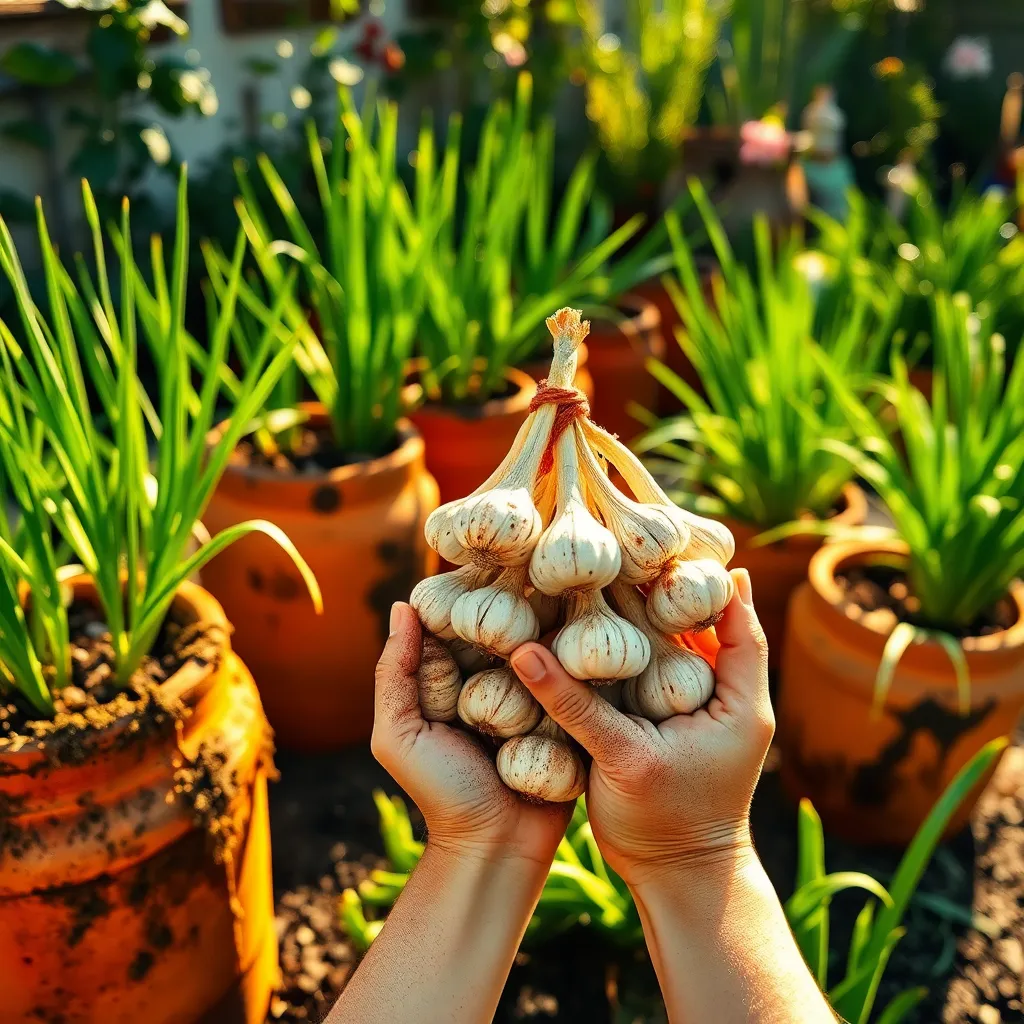
When it’s time to harvest garlic from containers, watch for the leaves to begin yellowing and dying back, typically in late spring or early summer. This signals that the bulbs have reached maturity and are ready to be lifted from the soil.
Carefully loosen the soil around each bulb using a trowel or small garden fork, being cautious not to damage the garlic. Gently pull the plants from the soil by the base of their stems, ensuring you keep the bulbs intact.
Once harvested, it’s essential to cure the garlic to enhance its shelf life. Lay the bulbs out in a single layer in a dry, airy space away from direct sunlight for about two to three weeks.
Advanced gardeners might consider testing different garlic varieties to determine which performs best in their specific container setup. Experimenting with hardneck and softneck types can reveal unique flavors and storage capabilities.
Conclusion: Growing Success with These Plants
As we wrap up our exploration of ‘What Is Plant Garlic In Pots,’ let’s revisit the five key relationship concepts we’ve uncovered: the importance of nurturing your relationship environment, the power of patience and time, understanding the value of individual growth within a partnership, the impact of consistent communication, and the joy of reaping rewards together. Each of these elements, much like planting garlic, requires attention, care, and a willingness to adapt.
For an actionable next step, identify one area in your relationship that could use a little more “watering” and dedicate some time this week to nurture it. Whether it’s setting aside time for a heartfelt conversation or planning a small surprise, small efforts can yield significant growth.
Remember, relationships—like well-tended garlic—flourish over time. Bookmark this article now to keep these insights at your fingertips as you continue to cultivate a thriving partnership.
Looking ahead, envision a future where these small, consistent actions lead to a deeper, more fulfilling connection. With the right care, your relationship can grow to be as robust and rewarding as you’ve always hoped. Save this guide as your companion on the path to relationship success.

